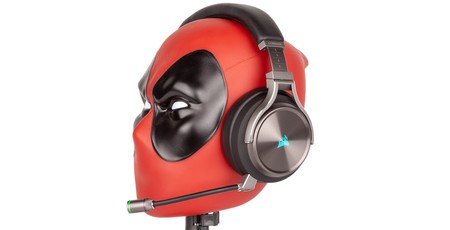
Manufacturer: Corsair
UK price (as reviewed): £169.99 (inc. VAT)
US price (as reviewed): $209.99 (exc. tax)
Corsair’s strategy with gaming headsets thus far has tended to focus on the mid-range market, and it has in particular offered some great-value wireless headsets. The Virtuoso RGB Wireless SE (and the non-SE version that also launches today), then, represents an attempt to make headway in the higher-end audio market, and acts as the flagship for a new range of headsets. While audio equipment is one of those things that you can effectively spend endless cash on, $210/£180 is definitely more towards the upper echelons of gaming audio.
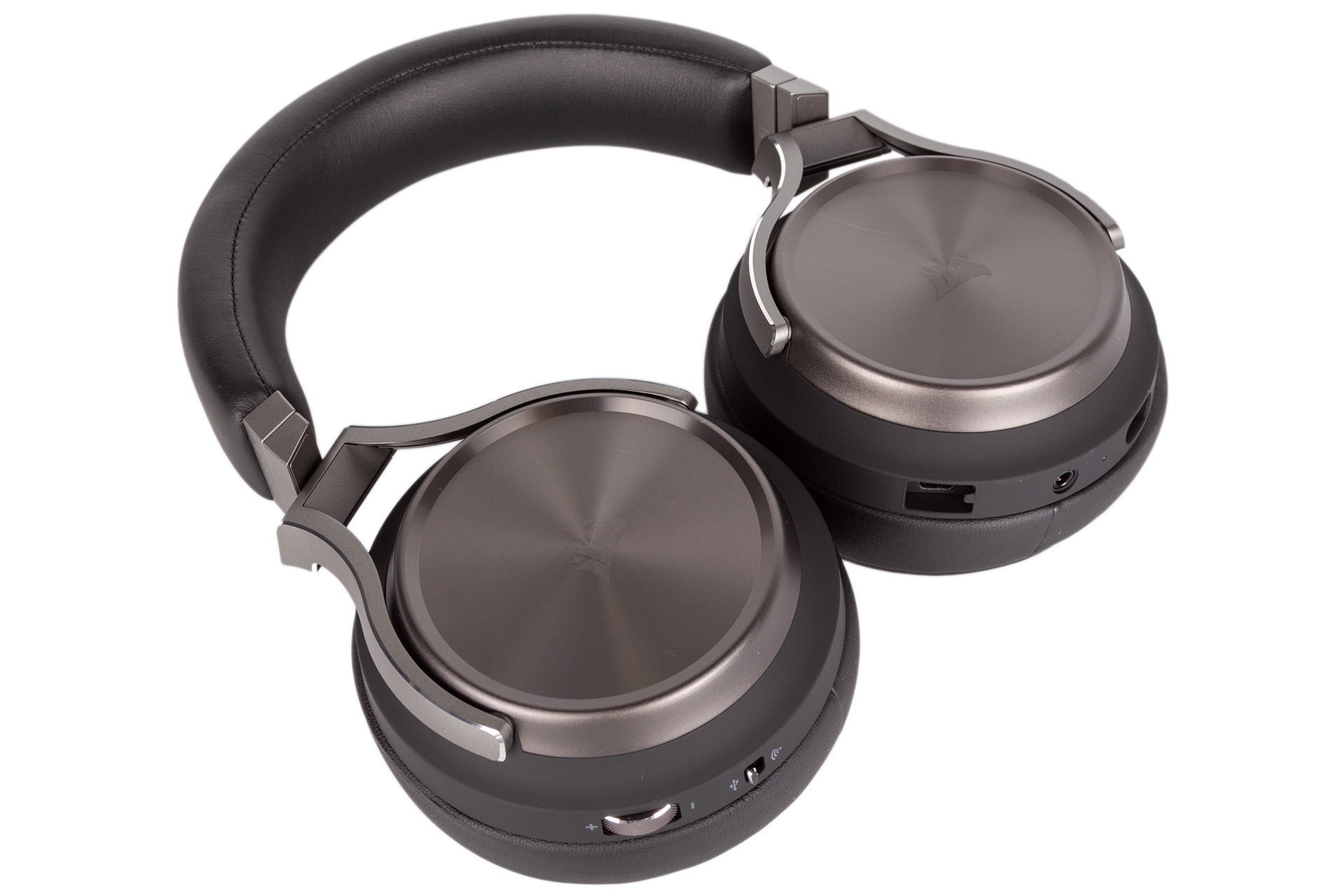
The higher-end leanings are made apparent even when unboxing, as inside you’ll find a rather fetching cross-stitched, padded storage pouch with a magnetic clasp with a suitably premium feel (not included on the non-SE version, which comes in black or white). You also of course get the headset, and the rotation on the earcups allows it to be flat-packed so that it can fit inside the pouch.
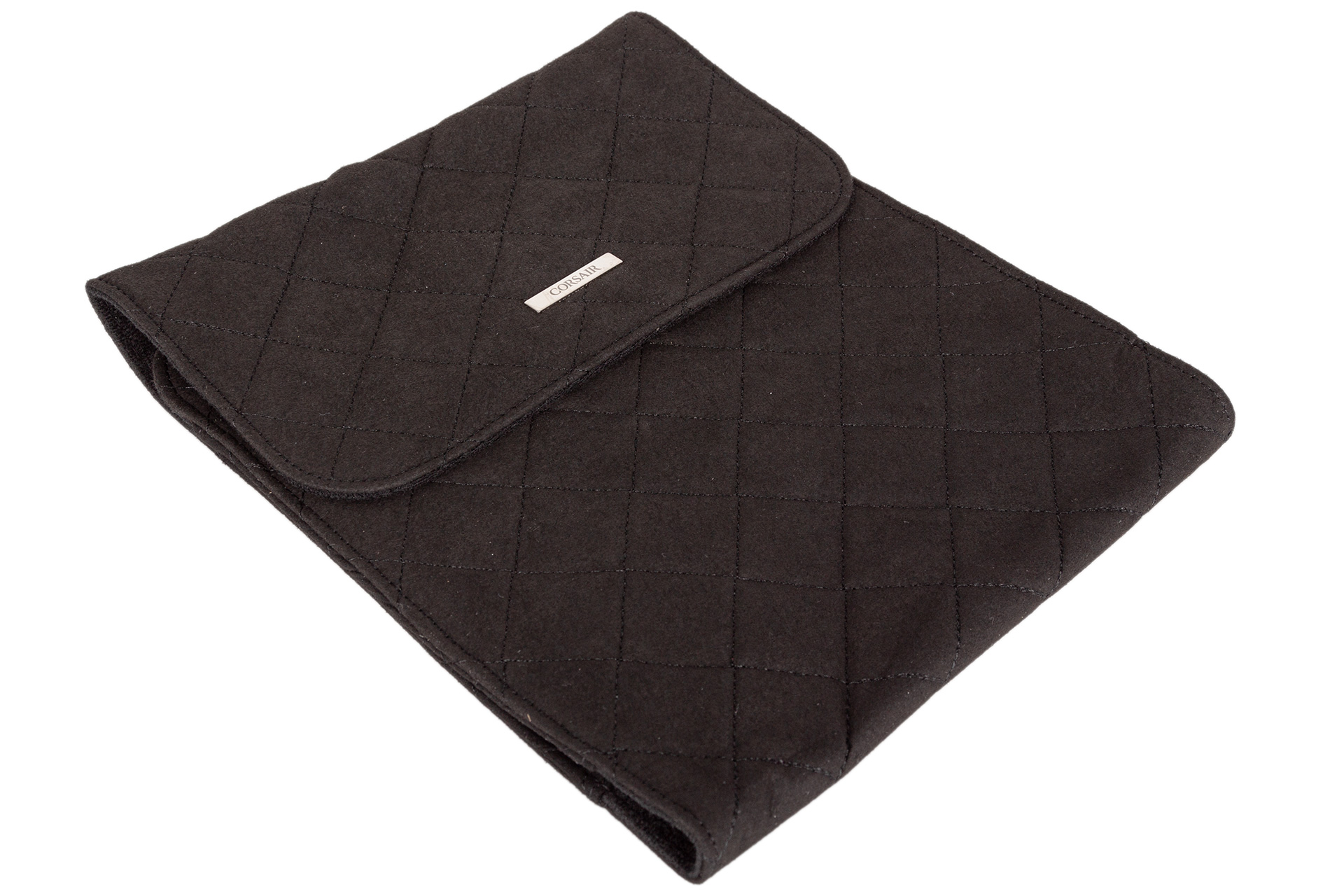
Rounding out the scope of delivery is a detachable microphone, the wireless USB dongle with compatibility with both PC and PS4, a 1.5m Type-C to Type-A USB cable used for charging, and a 1.5m male-to-male 3.5mm audio jack cable for those who prefer an analogue connection. Both cables have a high-quality braiding, and the analogue one is gold-plated.
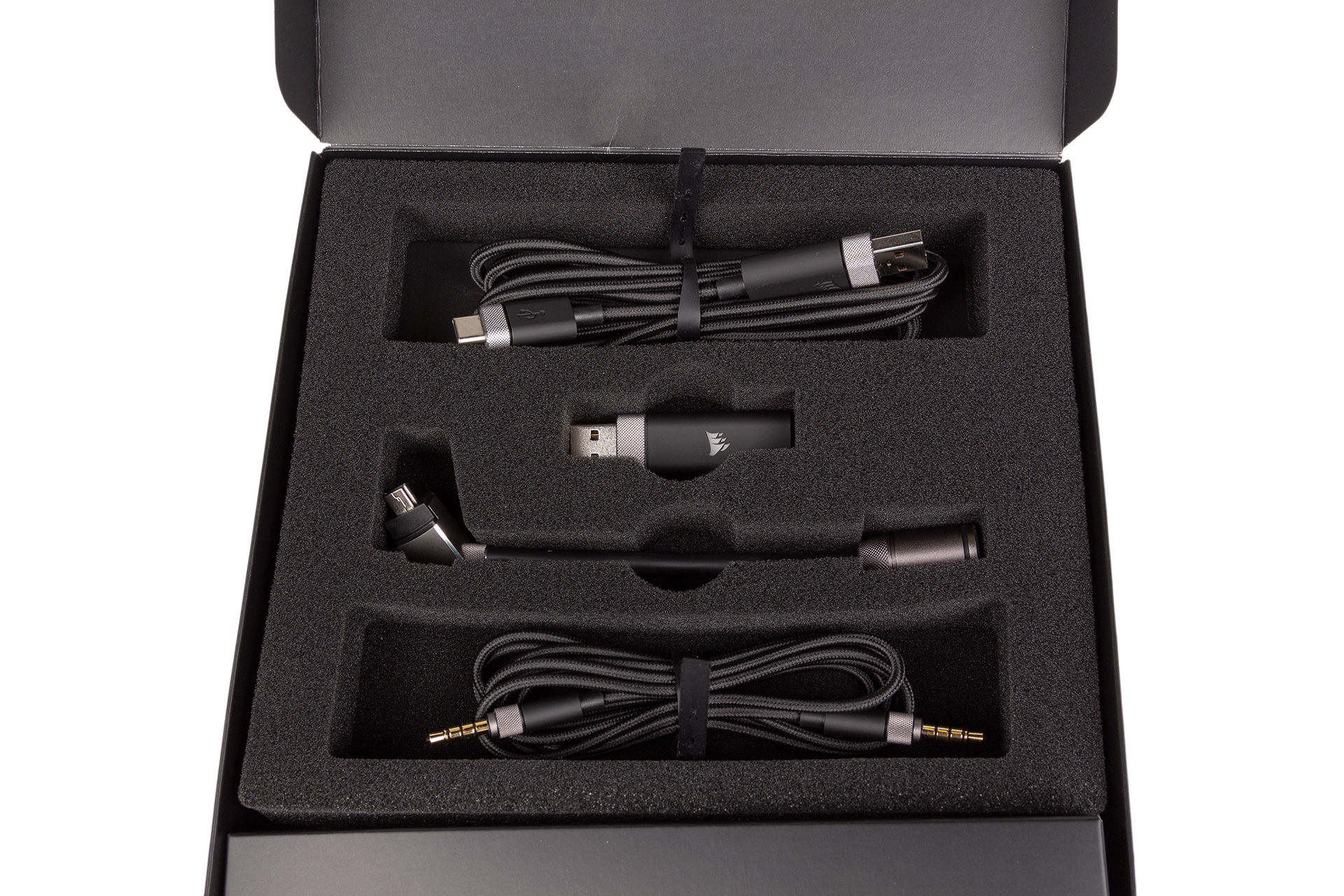
The headset itself looks and feels great thanks to its materials and high construction quality. Aluminium forms the core frame of both headband and earcups, while a generous amount of memory foam is applied to the earcup and a not-quite-as-generous amount to the headband. This foam is wrapped in a vegan-friendly synthetic leather, and the headset comes in at 360g. Once on your head, the foam and pleather work great from a comfort perspective, and I found the clamping force to be very well balanced. Any height adjustment you need to make on the earcups is easy and secure, and there’s plenty to play with. I’d say this is quite obviously the best headset Corsair has made in terms of build quality and comfort.
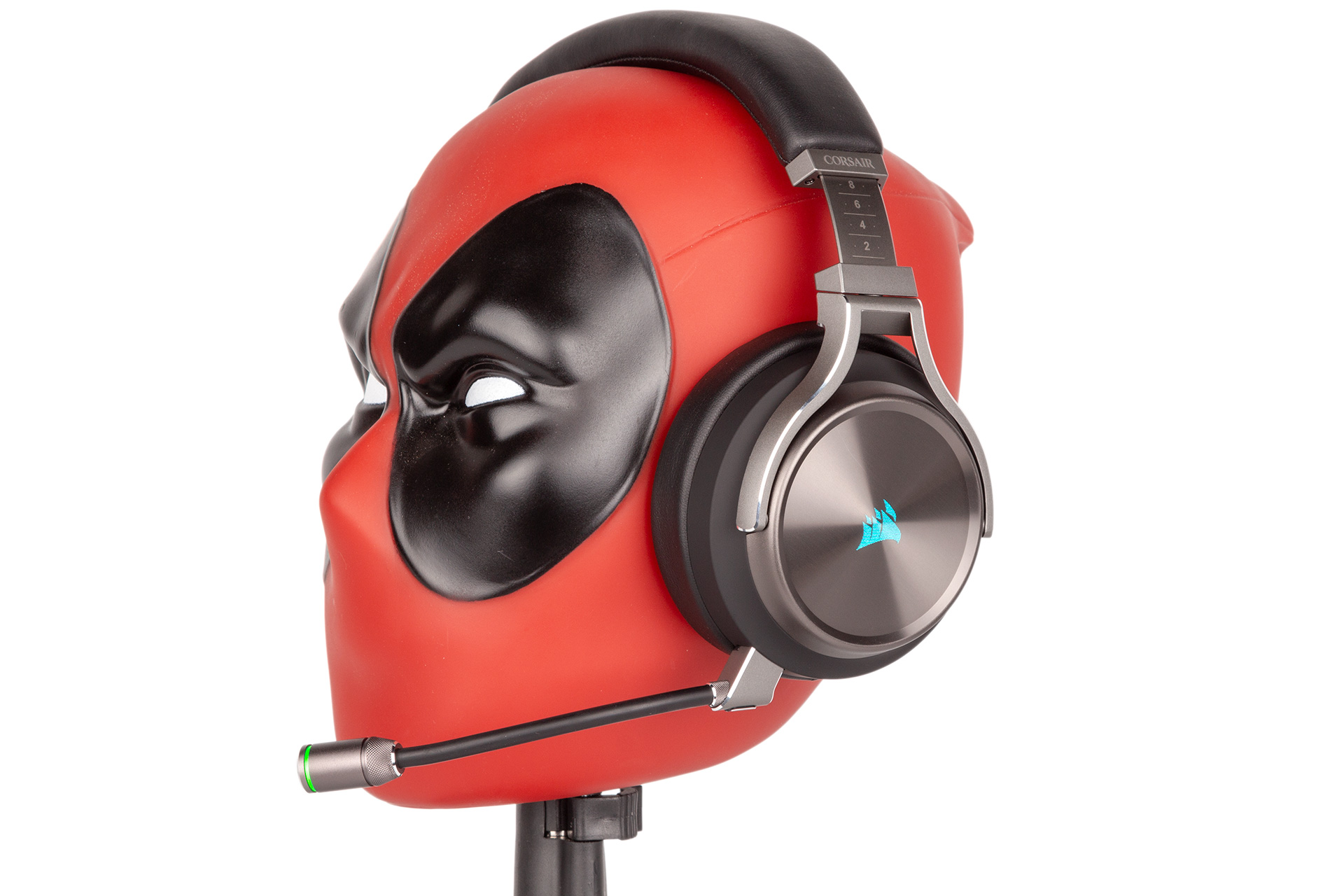
While RGB lighting is featured on all variants of the Virtuoso, the SE features earcup covers with a unique micro-perforation process on the aluminium, allowing the logo to shine directly through the metal but also effectively disappear whenever you turn it off or use the analogue connection – it’s definitely one of the nicer deployments of RGB I’ve seen on a headset. As you’d expect, the Corsair iCUE software can be used to program and synchronise this lighting.
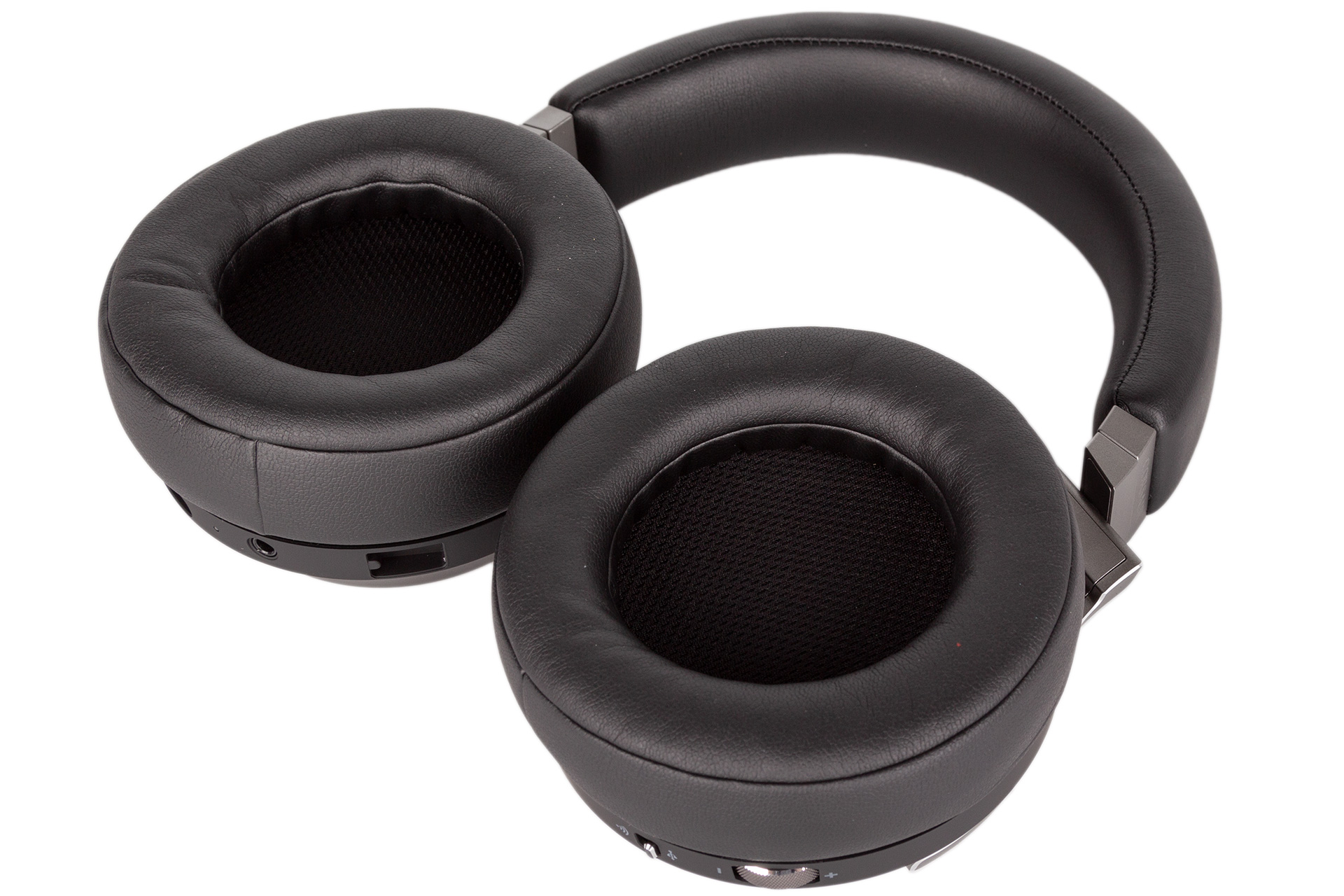
With high-fidelity audio advertised as a key feature of the Virtuoso RGB Wireless, it’s unsurprising that Corsair boasts about its custom 50mm neodymium drivers, capable of outputting frequencies between 20Hz and 40kHz. It also claims that each headset has a ‘matched pair’ of said drivers – matched to within 1dB of each other, apparently.

What you hear from these drivers will depend on how you connect the headset. The Virtuoso RGB Wireless offers 24-bit, 96kHz digital audio, but this is only possible when connected via USB wired; the sample rate is halved to 48kHz in wireless mode (a limit of 2.4GHz wireless, not the headset or DAC). You can also get virtual 7.1 surround sound, but this can only be toggled on if you’re connected digitally (wired or wireless, and even then PS4 is excluded). Lastly, the analogue connection – needed for Nintendo Switch, Xbox One, and mobile – presents standard stereo audio. This latter mode will also turn the headset off, so you won’t need to worry about battery life; the wired/wireless modes are toggled via a switch underneath the right earcup. While marketed as a multi-purpose headset, then, the lack of full 7.1 support of the PS4, optical connectivity, and Bluetooth run counter to this messaging. The latter is especially disappointing given an industry-wide trend that’s seeing 3.5mm jacks removed from newer mobile devices.
Corsair has made a pretty hefty push with regards to wireless peripherals in the last year or so, and the Virtuoso RGB Wireless SE joins the realm of devices that features its Slipstream Wireless technology. The setup process is wonderfully simple; my device paired instantly once the dongle was in and the headset set to wireless mode, but you can easily re-pair the two if I ever fails, and an LED on the dongle itself lets you know if this has happened.
Wireless battery life is advertised as up to 20 hours, which is plenty enough for a mammoth day or two of gaming, although you likely need to turn off the RGB to get it this high. A small LED on the underside of the left earcup informs you of battery status by blinking red for low, orange for medium, and green for high. The headset relies on an accelerometer to detected when to go to sleep (after 10 minutes of no movement, but this time can be customised down to one minute) and wake back up (as soon as you pick it up), meaning you never need to worry about manually turning it off.

Wireless range, meanwhile, is claimed to cap out at 60 feet (18.3m). I had the chance to test it in a rather large room, albeit not 60-feet large, and the signal remained flawless – I can’t imagine anybody will have range issues unless you move room to room, as walls have a tendency to affect this.
The microphone is one element here that varies based on whether you get the SE or non-SE model. With the SE one you get a 9.5mm omni-directional microphone with a range of 100Hz-10kHz, which is claimed to have an improved low-end response compared to the smaller 4mm one you get with the non-SE headset. Both the connector and the mic housing have an aluminium construction, matching the main unit and definitely feeling high-quality. It’s easy to reposition the mic, and it stays put when you do so.
The underside of the left earcup is where the mic connects to as well as the USB and 3.5mm cables. The mic mute button is integrated into the underside of the connector housing, and an RGB LED ring around the mic tip indicates the mute status (green for live and red for mute, but the ‘live’ status LED can be disabled). If you press and hold the mic mute button instead, you’ll toggle the sidetone functionality – a nice way of reducing clutter. Mute and sidetone toggles are accompanied by pleasant voice prompts, though these can be disabled within the iCUE software. The right earcup, meanwhile, is where you get the volume wheel, which again has a quality feel thanks to its metal construction.

MSI MPG Velox 100R Chassis Review
October 14 2021 | 15:04

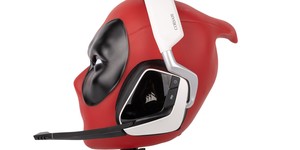
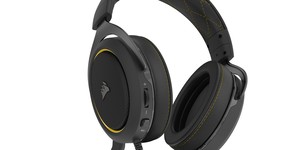
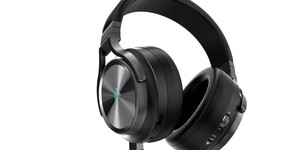




Want to comment? Please log in.